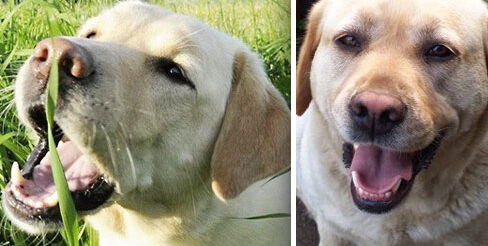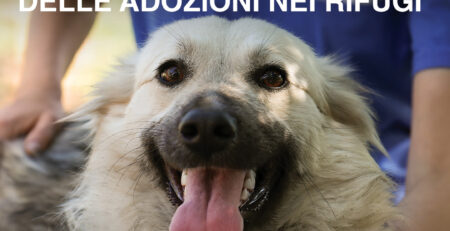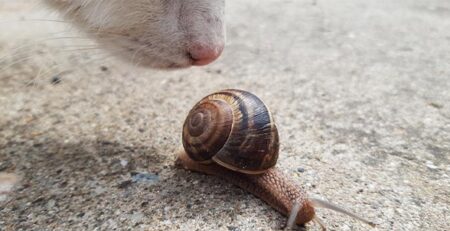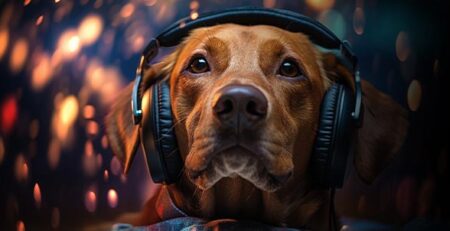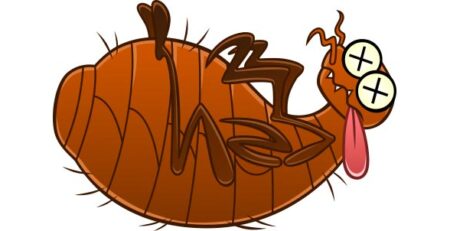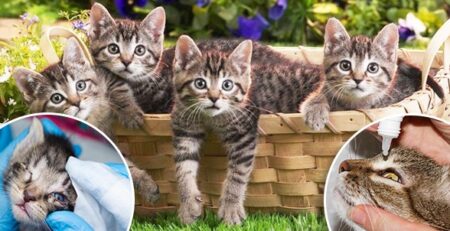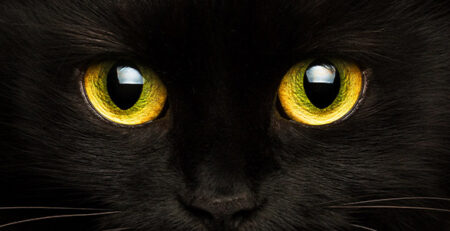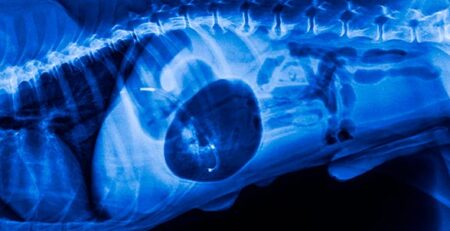Labrador Retriever: thirty-plus pounds of gloating, tail-wagging, lolling, slobbering happiness, and yet he is the kindest dog in the world.
The Labrador Retriever is a reassuring, friendly, calm and sociable dog, posed and balanced, tender and languid, with that gentle look of his makes you fall in love and invests you with his cheerfulness.
It runs over you in the literal sense: the labrador doesn’t swipe, it takes a running start and pounces on you like a truck.
Thirty-plus pounds of gloating, wagging, slinging, slobbering happiness on the trot that manages inexorably to land you.
Yet one cannot help but love it.
What is the character of the Labrador
Labradors are dogs with truly extraordinary intelligence.
Cunning, brilliant, and manipulative, Labradors are capable of disarming you, and there it becomes clear that nothing they do is accidental.
Yet, it is impossible to watch them without laughing out loud, indulging in honest and genuine laughter in the face of their clumsy bawdiness.
Why the Labrador is called a Retriever
Labrador Retrievers were recognized in England as a breed in 1903 and registered by the AKC in the United States of America in 1917.
The ancestor of the Labrador lived as early as 1700 in Canada’s easternmost province, the Newfoundland and Labrador Peninsula whose capital is St. John hence“St. John’s dog.”
Newfoundland fishermen relied on the help of St. John’s dogs, skilled swimmers with an innate ability to retrieve fish that had fallen overboard from their nets.
They were then imported to England in the early 1800s by aristocratic nobles who employed them in bird hunting.
In 1887, it was the Earl of Malmesbury who coined the name“Labrador” dogs in reference to his own dogs originating from the Newfoundland and Labrador peninsula.
And again,“Retriever” which literally means“bringing back” in English.
Coat and coat colors of the Labrador Retriever
The coat consists of soft, dense but not sparse hair and waterproof undercoat.
It is good to brush it frequently to remove dead hair removed abundantly throughout the year and not only during the molting periods.
The tail is very thick at the base and tapers toward the tip like that of the otter.

The coat is monochromatic and can be yellow (cream to white), brown(chocolate) orblack.
Another color is the little-known and very rare redfox (red fox), which belongs to the shade of yellow as its hue.
Originally, this particular tawny, almost biscuit-like shade was the most common, but later breeders preferred to select the lighter shades of yellow.
The Labrador Retriever: a real hero
He is a hero not because he saves us in the water, during disasters and emergencies but because with a Labrador by your side, you do not run the risk of being alone, dull and inactive.
Collaborative and with a strong penchant for scouting, the Labrador is always driven by a strong need to move, strongly desires to accompany its humans and share time and space with them.
A Labrador needs contact and relationship as if they were its oxygen.
His tendency to gain weight requires proper nutrition
One characteristic of the Labrador Retriever is that it always shows a certain appetite: in short, simply put, it is a bottomless pit.
But the reason exists, and it is not a matter of gluttony but rather a genetic defect.
The tendency to eat much more than one should is caused by the essence of the so-called “satiety” gene, POMC (pro-opiomelanocortin).
This genetic mutation in the breed causes obesity with all the complications that excessive weight brings:
- Damage to joints, cartilage to ligaments
- Respiratory problems, increased blood pressure and heart disease
- Reduced liver function
resulting in a decrease in the quality and lifespan of the animal.
Adequate exercise
Proper diet must be combined with adequate exercise to stimulate the mind and prevent a Labrador from becoming sedentary.
Play and water are his passion consequently he is not the right dog:
- To the lazy and the sleepy
- To people disinclined to physical contact with the dog
- To those “I have new house with hardwood floors so the dog stays outside” in the garden/balcony/garage
- to cleanliness maniacs, for whom hair and mud in or on the house cause hysterics and neurosis
- To those who work all day outside leaving the dog alone all the time
He is an affectionate and patient life companion who should by no means be let down and mortified.
If you have an overweight Labrador or for a routine checkup, contact us and request a consultation with our veterinary nutrition specialists to set up a proper diet and exercise program.
We would also like to remind you that Clinica La Veterinaria is always open h24 every day including holidays and with First Aid service from 8 pm to 8 am.
For the joy of seeing them HAPPY
Ph. Tiziana Genovese | In photo Mystika

